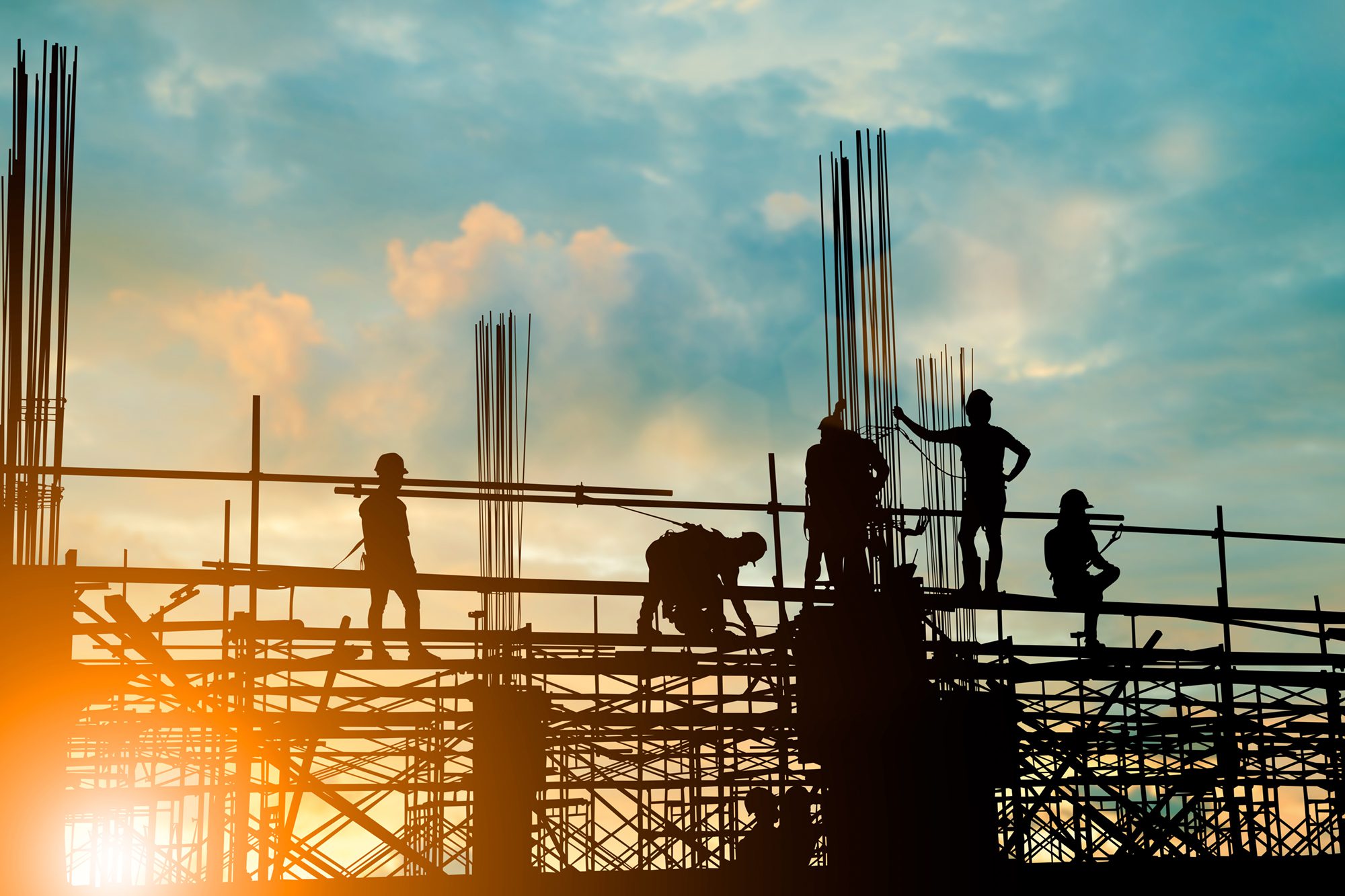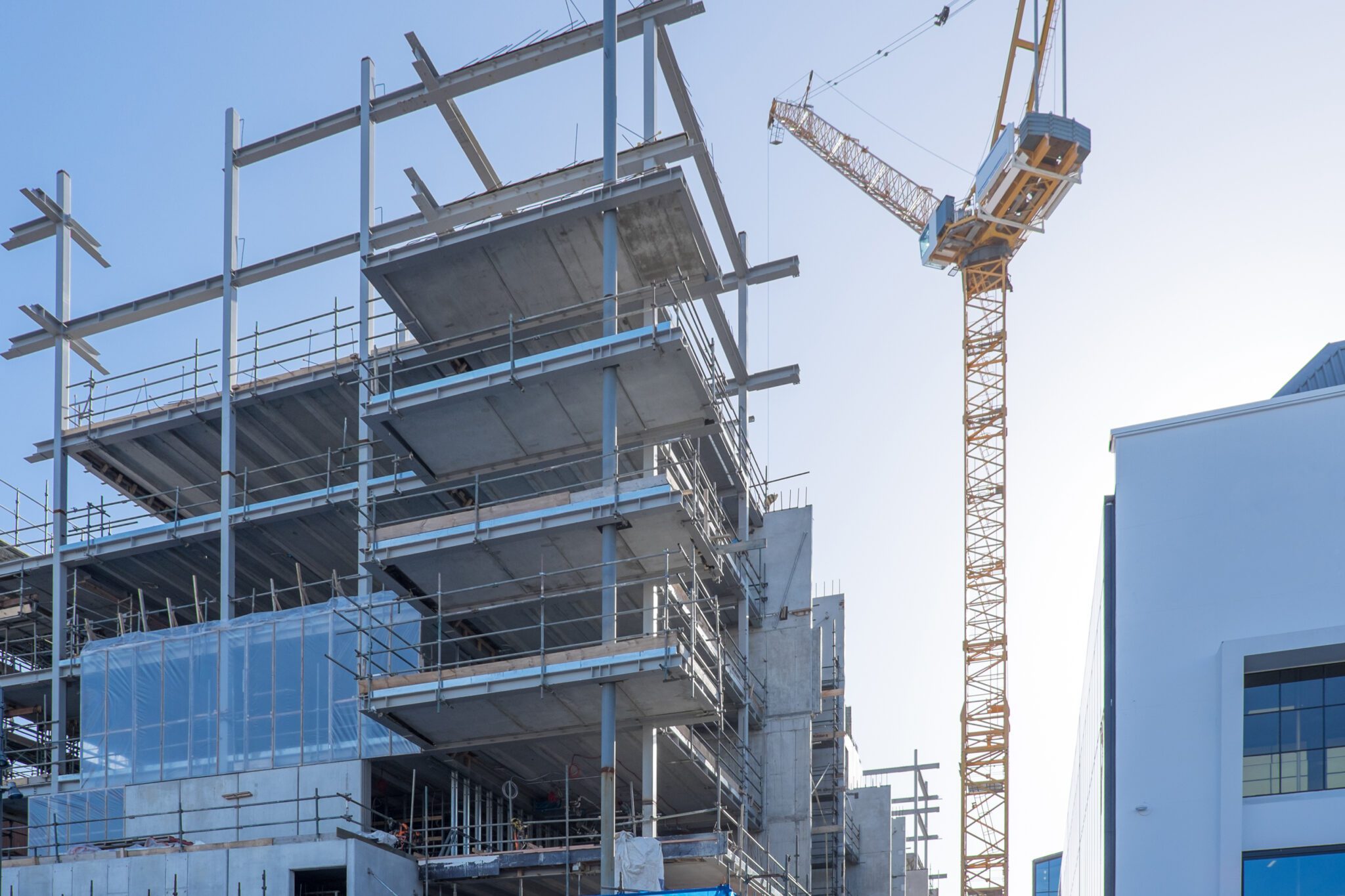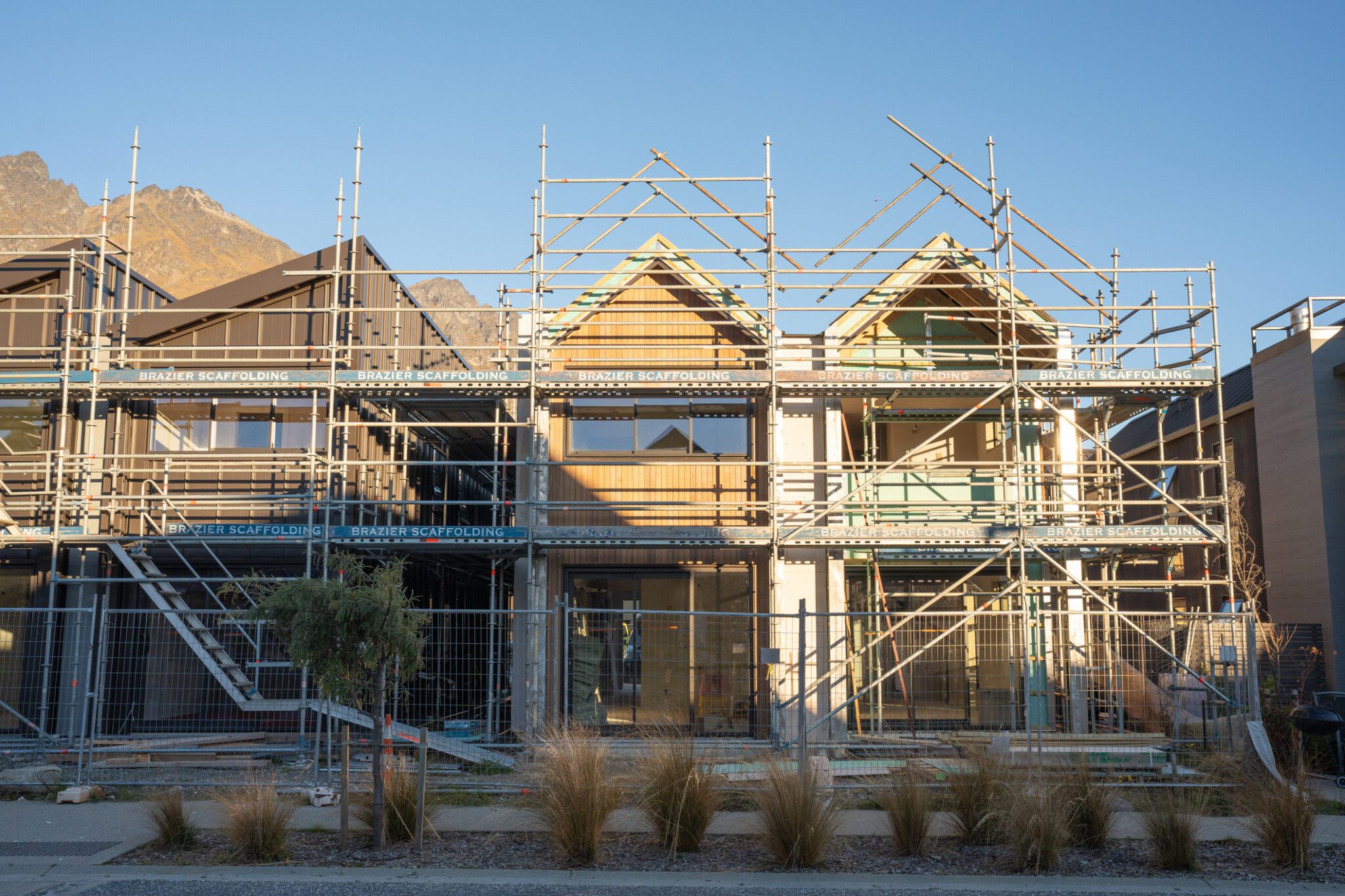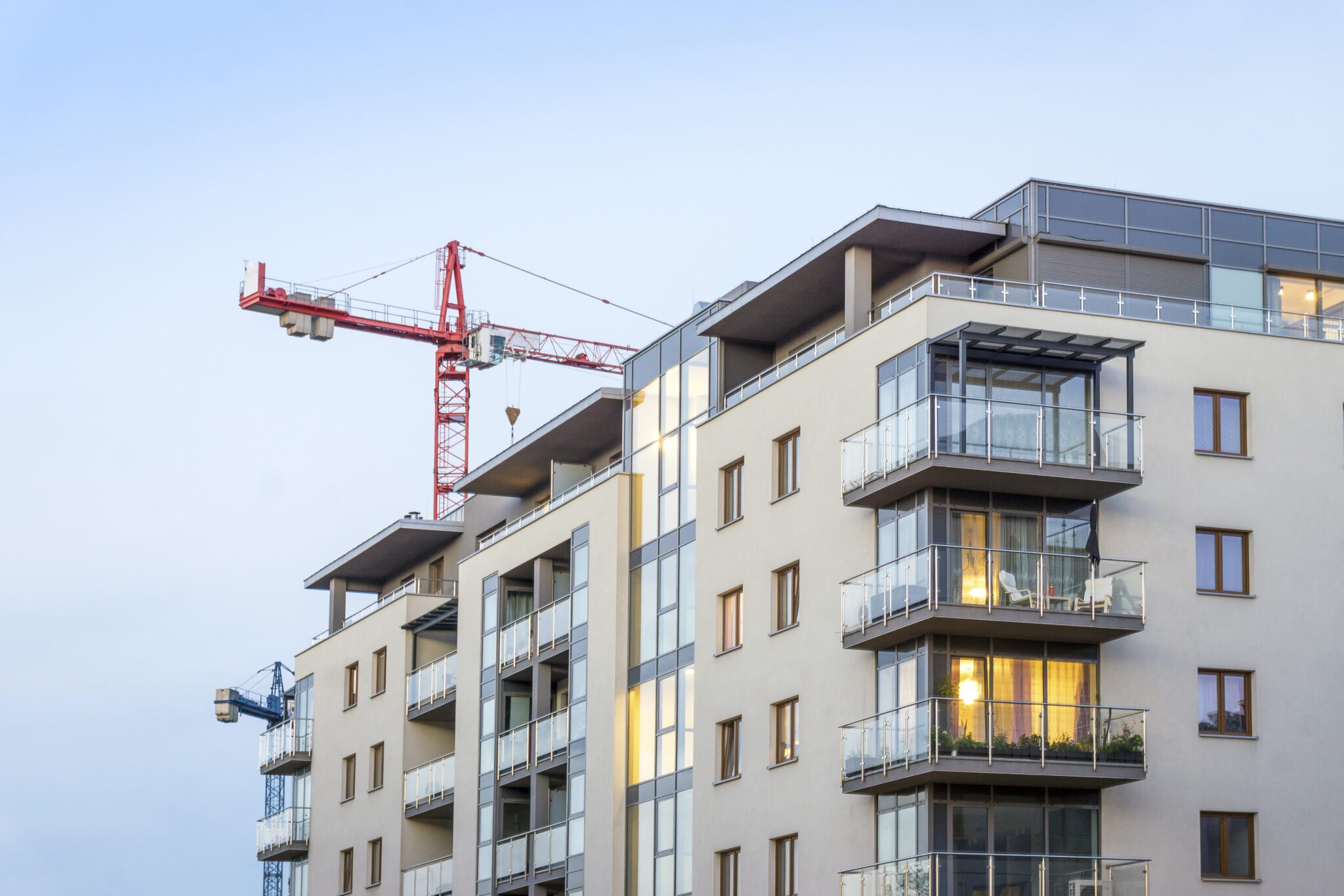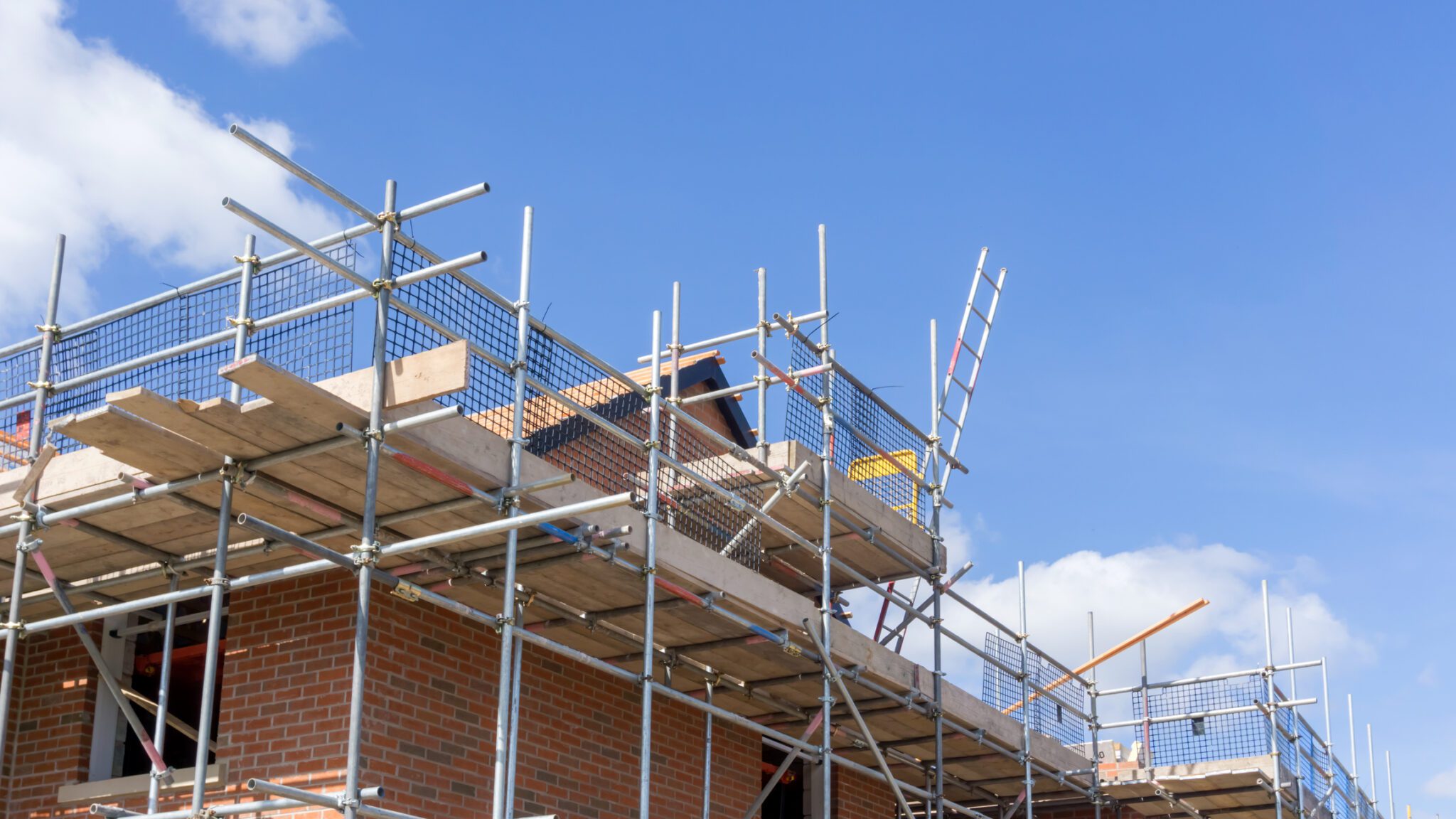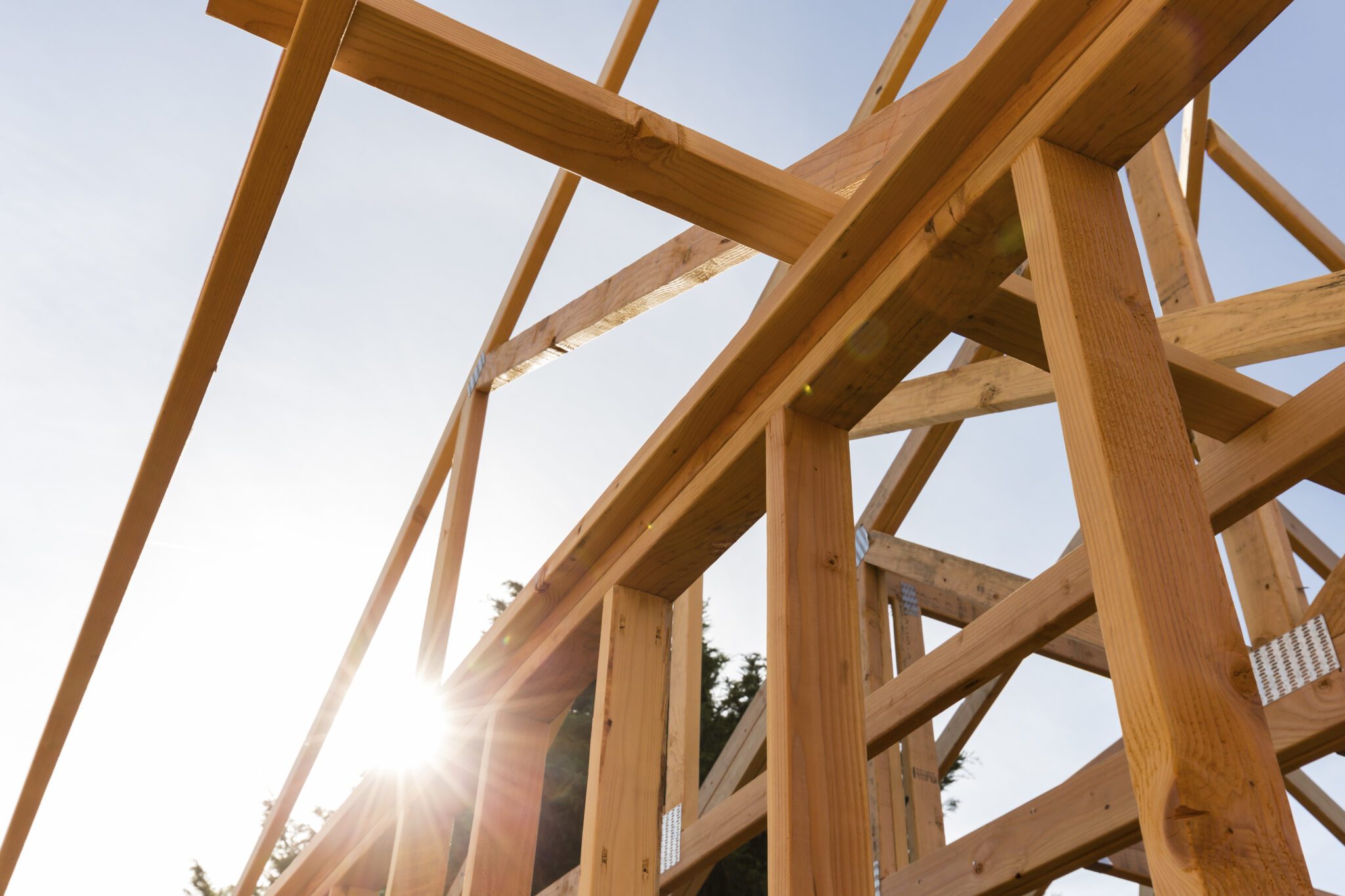Whilst it is difficult to predict with any certainty the impact that the COVID-19 pandemic will have on the construction industry in New Zealand there are some inevitable consequences and concerns already being identified within the industry.
The clause references in this article are to the unamended NZS3910 although there are similar provisions in the other NZS contracts and most bespoke commercial construction contracts. It is worth noting that the provisions mentioned are frequently amended and so it is necessary to check each contract for the precise terms. What follows is not designed to provide specific legal advice and cannot be taken as such, but highlights some of the common issues.
The position taken in New Zealand in order to mitigate the impact of COVID-19 provides the context in which the industry is now operating and potential impacts on the industry in the short to medium term.
New Zealand was placed into Level 4 lockdown on 26 March 2020. Prior to 19 March 2020 it was not widely known that the lockdown was likely to be invoked and the shutting down of businesses and mandatory isolation (except for essential services) was not communicated by Government until 21/22 March 2020.
These dates are important in terms of assessing the right for contractors to claim extensions of time and costs in relation to projects that were not in contract at that time.
Under clause 10.3.1(f) a contractor is entitled to claim an extension of time (but not cost) for delays caused by matters which were not reasonably foreseeable by an experienced contractor at the time of tendering. Therefore, any delays due to either supply chain shortages or the lockdown for contracts entered into prior to 22 March 2020 are likely to entitle the contractor to claim an extension of time. From 22 March 2020, the right for the contractor to claim under this provision will depend on when the tender was submitted and what was reasonably foreseeable at that time. It is unreasonable to think that an experienced contractor would not expect some delay due to COVID-19 restrictions post 22 March, but the impact of the site restrictions imposed under Levels 2 and 3 were not fully known until those Levels came into force.
As the lockdown required all sites to close (other than for essential services) many contracts were suspended either by the Engineer under clause 6.7.1 or by mutual agreement under 6.7.3. Suspension under either of these clauses entitles a contractor to claim a variation, extension of time and costs. Alternatively, the change of law provisions in 5.11.10 have been relied upon in order for the contractor to claim the same rights.
There has been considerable debate within the industry as to the costs that a contractor can claim due to suspension during the lockdown period. Many contracts include a specified working day rate as the basis for calculation of these costs. However, there is also provision that where it would be inequitable to use the specified working day rate then a reasonable rate is to be used instead. It has been argued that the reasonable rate should be applied in these circumstances and equally that as the principal will not be entitled to liquidated damages for late delivery the contractor should not be entitled to any profit for the lockdown period. It is also necessary to consider any potential double recovery, for example where the wage subsidy was received. The usual mitigation measures that a contractor could invoke such as redeploying labour, plant and equipment were not available and again this will need to be considered.
Whilst contractors may be able to claim costs under the contract, establishing the value of these costs will be complex and require a case by case assessment for each project. There will inevitably be a period of time now that site works have recommenced whilst these costs are assessed, lodged, processed, agreed and disputed. This delay risks extending and exacerbating the financial hardship currently being felt within the industry. The differing approaches being taken and the general uncertainty within the industry as to how these costs should be quantified will inevitably lead to disputes in the coming months where these sums cannot be agreed between the parties. One particularly contentious issue relates to whether contractors can claim cost for keeping its workforce, and that of its subcontractors, on-foot during the lockdown. Whilst some argue that these costs should not be recoverable as are of no benefit to the principal, there is the counter-argument that keeping the workforce on-foot enabled projects to get back up and running more efficiently when the lockdown was lifted thus benefitting the project as a whole. MBIE have issued further guidelines which may assist a consensus being reached.
There are also claims being made in relation to damage to plant, materials and equipment during the lockdown period. This is a complex area as will depend on the actual cause of the damage and insurance will also be a factor.
Although site works could be carried out under Levels 3 and 2 the additional site requirements in force are likely to have caused further delay to projects and additional cost to the contractor in terms of putting the required processes in place. The requirements meant that there could no longer be numerous trades operating on site at the same time, sites had to be zoned and physical distancing maintained. There were also strict requirements in relation to admittance to site, tracing of workers, additional site requirements and use of equipment and communal areas.
Contractors will therefore be claiming extensions of time, variations and costs due to complying with the Level 3 and 2 requirements which will lead to further disputes as to the entitlement to and quantification of these costs.
New Zealand moved to Alert Level 1 on 9 June 2020 leading to a relaxation of some of the site requirements that had been put into place under Levels 3 and 2 for example site zoning and physical distancing protocols. However, it is still necessary for a COVID-19 control plan to be in place and public health measures to be followed. Given the relaxation of the site operational requirements under Level 1 it is unlikely for there to be claims for extensions of time, variations and costs arising out of compliance with the remaining Level 1 requirements.
An ongoing concern is the potential impact on the supply chain of materials particularly those sourced from overseas. Prior to the Level 4 lockdown there had been some supply issues for example in relation to goods manufactured in China due to the lockdown imposed there. Effectively the transport of materials around New Zealand was put on hold during Level 4, other than for essential services or where items needed to be moved to allow for essential services’ materials to be processed. Under Levels 3 and 2 freight could be moved around New Zealand and there are now no restrictions under Level 1.
Whilst there does seem to be some minor supply shortages, we are not aware of any major supply chain shortages currently. Much will depend on the speed with which the overseas and domestic supply chains return to full capacity and there is concern regarding potential supply chain issues in the short to medium term. Some businesses are stockpiling against this which could exacerbate any supply chain issues.
There are also concerns regarding potential labour shortages due to the current border restrictions, particularly in relation to sites which have a reliance on overseas workers. It is anticipated that this will be mitigated in part by the use of local resource but there may be some impact particularly where there is a shortage of suitably qualified workers in specific skills.
The COVID-19 mitigation measures resulted in a need for sites to operate remotely where possible. Whilst clearly this is not possible in relation to the actual works there are many other functions which are all integral parts of a successful project which can be carried out remotely, for example site inductions and inspections. This trend is likely to continue for some time resulting in the industry assessing what can be done off site and evaluate the risks of doing so.
The economic impact of COVID-19 on all industries will lead to a reduction in active projects, certainly in the short to medium term and potentially for a longer period. Investment property owners are likely to defer capital expenditure projects and the impact on the tourism and hospitality sectors will impact planned projects in those sectors. The Government’s announcements in relation to bringing forward infrastructure projects will help but will not completely make up for the reduction in private sector projects.
There is also a desire to put measures in place on existing projects and amend contracts for future projects to try and mitigate against the impact of similar circumstances in the future. Arguably the biggest risk to the industry at the moment is another lockdown being announced or individual sites being shut due to an infected worker. Some of the practical steps that we have seen over the last few months have been to increase the payment cycle to fortnightly as opposed to monthly payments, early release of retentions, relaxation of bond requirements and the making of advance payments, so as to either improve contractors’ cash flow or allow them to raise additional security. Additionally, some projects are exploring reprogramming the works and/or value engineering so as to mitigate the delay and cost impact to the project as a whole. These will not be appropriate in all cases but are some of the options being considered.
It is in everyone’s interests for projects to continue now that works have commenced again and not be delayed due to solvency issues or disputes. The key to this will be good communication between the parties and a pragmatic approach being taken throughout the industry.
For further information please contact Julia Flattery or Jonathan Forsey.
Disclaimer: The content of this article is general in nature and not intended as a substitute for specific professional advice on any matter and should not be relied upon for that purpose. While we make every effort to ensure the accuracy of the information contained in this article, this is a rapidly changing environment and the information will be subject to change.
